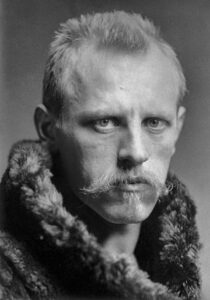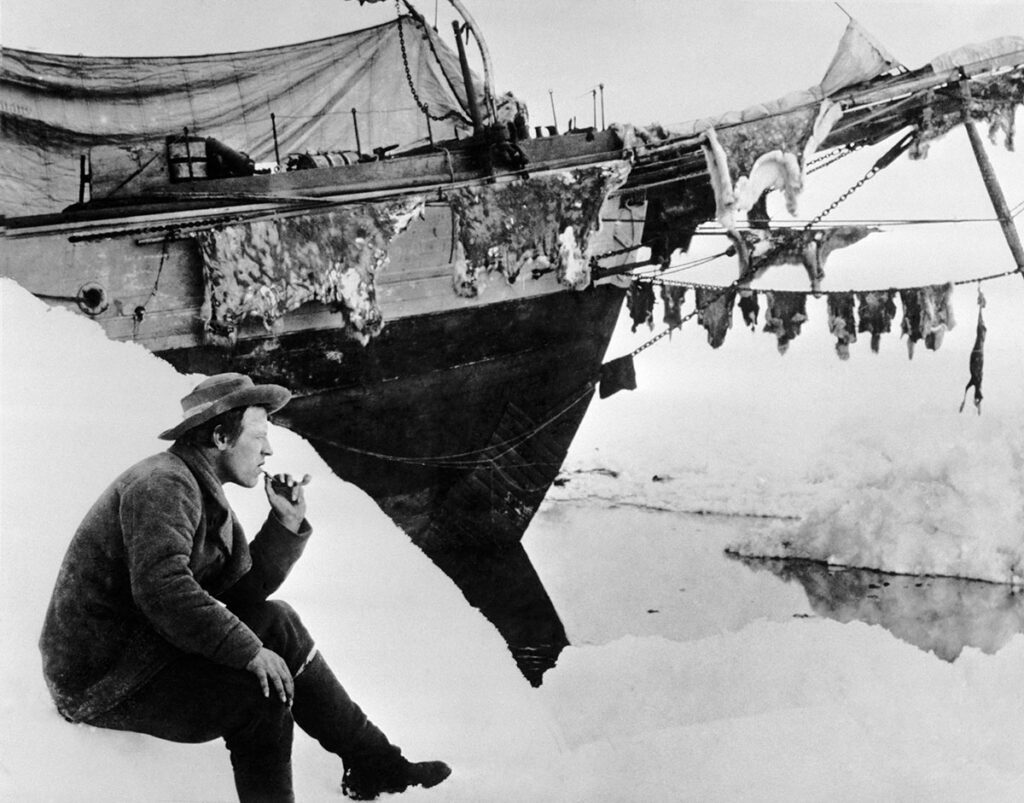Fridtjof Nansen
1861-1930

Heroes-polar explorers and explorers of the North are an example for each of us. Risking their health and lives, they made amazing discoveries, thanks to which humanity learned more about the world around us. Many passages of Moscow are named after famous polar explorers, including Nansen Passage, named after the famous explorer Fridtjof Nansen.
Fridtjof Nansen was a Norwegian researcher and philanthropist. He was born on the outskirts of Oslo on October 10, 1861 in the family of a lawyer. As a child, Nansen spent a lot of time on wooded hills, he was in the forest for several days. The childhood experience became convenient for Nansen later, during Arctic expeditions. In 1890, Fridtjof Nansen entered the University of Oslo, specializing in zoology, which attracted the possibility of expedition work. In 1890, Fridtjof Nansen wrote two books — “The First crossing of Greenland” and “The Life of the Eskimos”. In 1892, he enlisted on the industrial ship ‘Viking’, which was heading to the Arctic, and soon saw all the beauty of Greenland. This journey prompted Fridtjof Nansen to organize his own expedition and the first pedestrian crossing of Greenland. For a long time, Nansen could not find the means to implement his plan, in the end he became interested in a Copenhagen philanthropist. In May 1888, Nansen and five crew members set off on a journey that, by the way, turned out to be unsuccessful. At the same time, he was planning a new expedition, just to be the first to get to the North Pole and establish whether there was a continent there. With funds provided by the Norwegian government, Nansen built a round-bottomed ship “Fram”, designed for ice crush. In 1893, in the summer, he went with a crew of 12 people. “Fram” moved towards the Pole by 450 miles and was jammed with ice. In March, Fridtjof Nansen and another crew member went further by dog sled and reached the desired mark. Not knowing where the “Fram” was located, the polar explorers spent the winter on Franz Josef land. In May 1896, they met an English expedition and returned to the “Fram”. All this was described by Nansen in the book “The Far North”. Since the beginning of the First World War, Nansen was actively helping Russian prisoners, repatriating 500,000 German and Austrian prisoners of war from Russia, providing housing for 1.5 million Russian emigrants. In 1921, during the famine in Russia, he raised money to save the hungry, thanks to which he resorted to save up to 10 million lives. For many years of efforts to provide assistance to the defenseless, Nansen was awarded the Nobel Peace Prize in 1922. Fridtjof Nansen had no family. He died in Oslo on May 13, 1930, overworked after a ski trip.
Address: Moscow, Nansena passage

